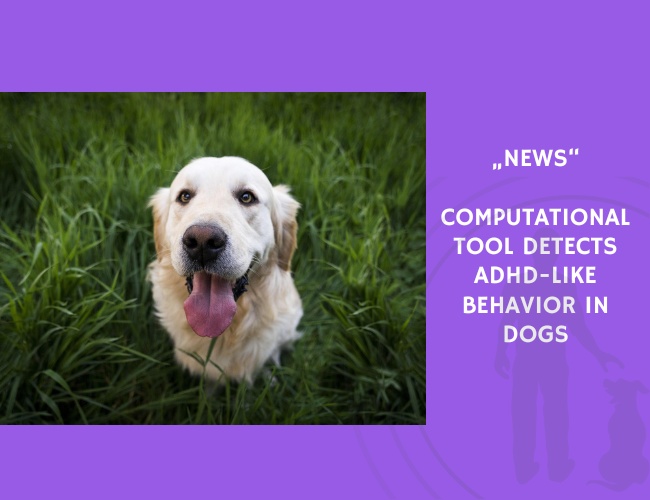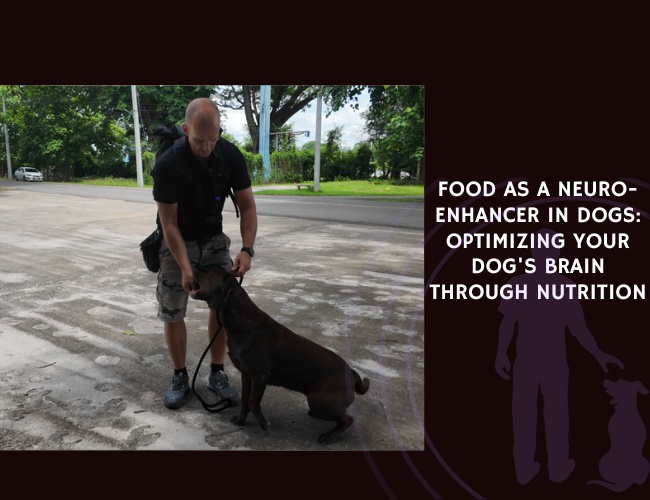Stephane Bleuer-Elsner and colleagues (2019) investigated how computational analysis can improve the assessment of ADHD-like behavior in dogs, a condition marked by impulsivity, inattention, and hyperactivity. Traditionally, diagnosis has relied heavily on owner reports, which can be subjective.
The researchers recorded behavioral consultations of 12 dogs undergoing medical treatment for ADHD-like behavior and 12 control dogs without behavioral issues. Using a self-developed computational tool that applied computer vision and machine learning, they analyzed 12 movement parameters extracted from video data.
The analysis revealed three distinct dimensions of movement patterns in affected dogs: high speed of movement, large coverage of room space, and frequent re-orientation. These measurable patterns were consistently different from those of control dogs and could be directly observed during consultation.
The findings suggest that computational video tools may help clinicians make more objective and quantifiable assessments of ADHD-like behaviors, supporting both diagnosis and treatment strategies. This approach highlights the potential of integrating technology into veterinary behavioral medicine to improve outcomes for both dogs and owners.
Source: Bleuer-Elsner, S., Zamansky, A., Fux, A., Kaplun, D. I., Romanov, S., Sinitca, A. M., Masson, S., & Linden, D. (2019). Computational Analysis of Movement Patterns of Dogs with ADHD-Like Behavior. Journal: Animals, Volume 9. Publication Date: 2019-12-01. Authors: Stephane Bleuer-Elsner, Anat Zamansky, Andrey Fux, Dmitry I. Kaplun, Sergey Romanov, Alexey M. Sinitca, Sophie Masson, David Linden. References: 18. Citations: 22.










